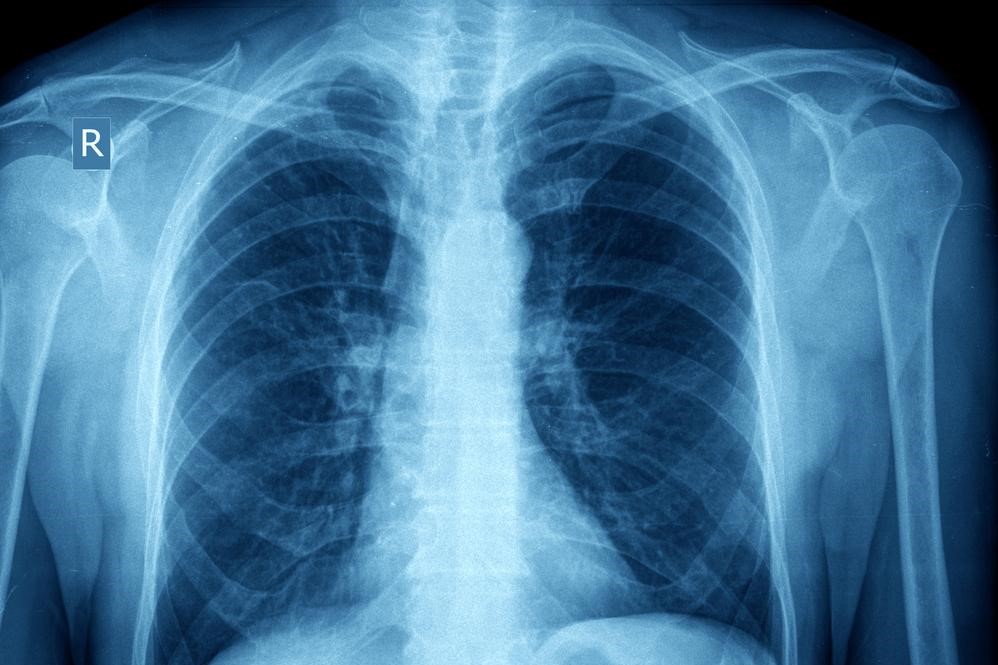Comprehensive Guide to Asthma: Causes, Triggers, and Immune System Insights
This comprehensive article delves into the causes, triggers, and immune system factors involved in asthma. It highlights how airway inflammation and immune responses contribute to asthma attacks and chronic airway changes. The guide covers common triggers like allergens, pollutants, and physical activity, and explains the crucial roles of Th2 and IgE pathways. It also discusses current management strategies and emerging therapies targeting immune responses, offering valuable insights for patients and healthcare providers seeking effective asthma control.

Comprehensive Guide to Asthma: Causes, Triggers, and Immune System Insights
Asthma is a complex respiratory condition that affects millions of people worldwide. It manifests primarily in two distinct forms: sudden episodes characterized by acute symptoms and a persistent, long-term form involving chronic airway inflammation. Understanding the nuances of asthma, including its underlying causes, triggers, and the role of the immune system, is essential for effective management and improved quality of life for those affected.
Asthma Attacks: Understanding Sudden Episodes
Asthma attacks occur when specific triggers provoke a rapid constriction of the bronchial tubes, leading to sudden difficulty in breathing. During these episodes, the airway muscles tighten dramatically, and the lining of the airways swells as the mucous glands produce excess mucus. This combination significantly restricts airflow, resulting in symptoms such as wheezing, coughing, chest tightness, and shortness of breath. These episodes can vary in severity, ranging from mild discomfort to life-threatening emergencies that require immediate medical attention.
Beyond the acute episodes, chronic asthma refers to the persistent state of airway inflammation that occurs over extended periods. This ongoing inflammation causes structural changes in the lungs, such as airway remodeling, which can lead to increased sensitivity and less reversible airflow obstruction if not managed properly. The chronic form of asthma often requires long-term treatment strategies to control inflammation and prevent exacerbations.
There are numerous triggers that can initiate or exacerbate asthma symptoms. Common environmental and physical triggers include strenuous physical activity, respiratory infections, environmental pollutants like smog and airborne chemicals, and irritants such as cigarette smoke, perfumes, and other strong odors. Emotional stress and strong feelings can also contribute by influencing airway responsiveness. Allergens like pollen, dust mites, pet dander, and mold are significant contributors for allergic asthma, while cold air and dietary factors such as gastric reflux can also worsen symptoms. Certain medications, especially NSAIDs, are known to trigger asthma in sensitive individuals.
Interactions between triggers and the immune system are complex, with effects that lead to airway inflammation, constriction, or both. When triggers are encountered, the body's immune response is activated, involving several immune pathways, notably Th1, Th2, and Immunoglobulin E (IgE) mediated responses. This cascade results in the production of inflammatory mediators that cause swelling, mucus overproduction, and muscle tightening around the airways. Even individuals with no prior history of respiratory issues can experience exercise-induced bronchoconstriction (EIB), which is a temporary narrowing of the airways caused by physical exertion. Fortunately, EIB can often be managed effectively through medication before and after exercise, allowing individuals to remain active without significant discomfort.
The Vital Role of the Immune System in Asthma
The immune response plays a pivotal role in the development and progression of asthma. In particular, the Th2 immune pathway, which is predominantly associated with allergic responses, is hyperactive in most asthma cases. This pathway prompts an increase in IgE antibody production, which plays a crucial role in allergy development. When IgE molecules bind to allergens such as pollen, pet dander, or dust mites, they activate mast cells located in the airway tissues. This activation results in the release of histamine and other inflammatory chemicals, leading to airway swelling, mucus secretion, and bronchoconstriction, which collectively contribute to the characteristic symptoms of asthma.
Managing asthma effectively involves not only controlling environmental triggers but also modulating immune responses. Recent advancements in immunotherapy and targeted medications aim to reduce IgE levels or inhibit specific immune pathways, thereby decreasing the severity and frequency of asthma attacks. Understanding the immune mechanisms underlying asthma has led to personalized treatment approaches, improving outcomes for many patients.





